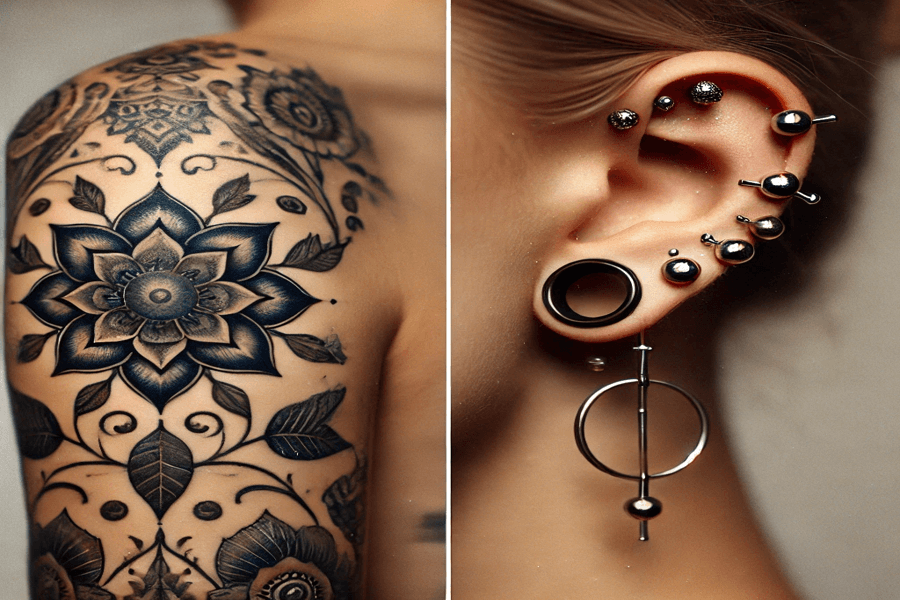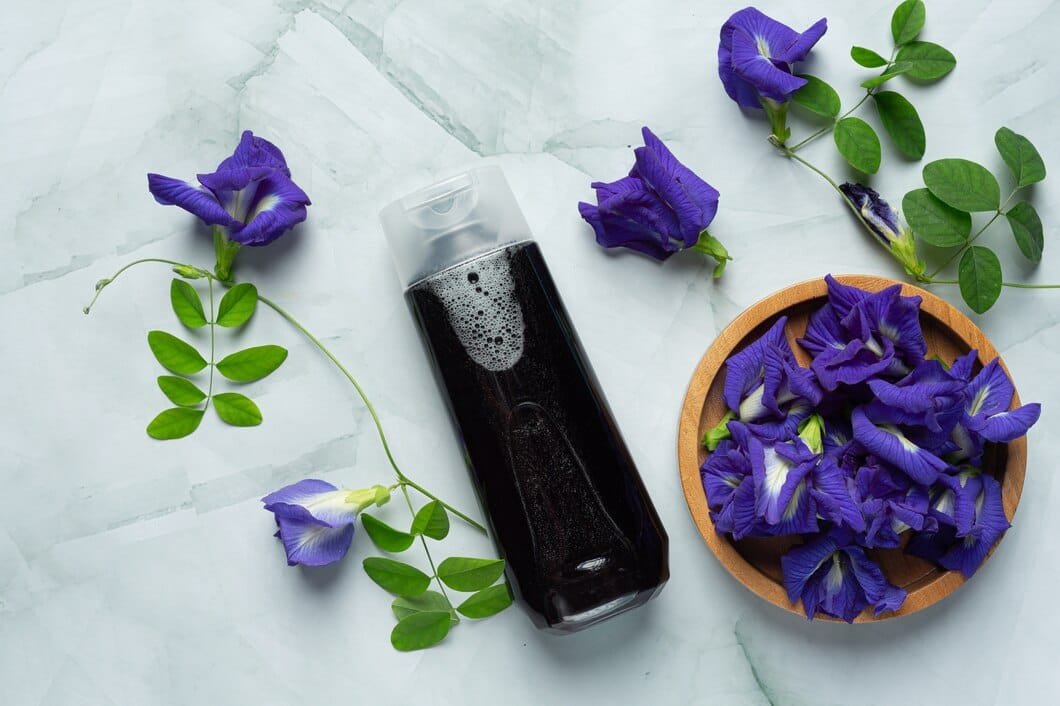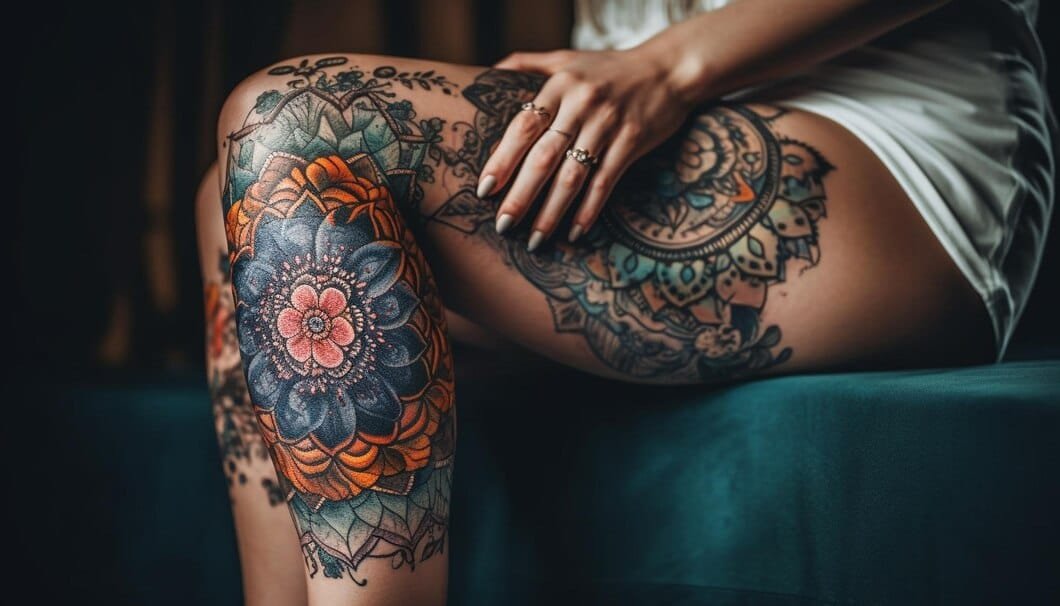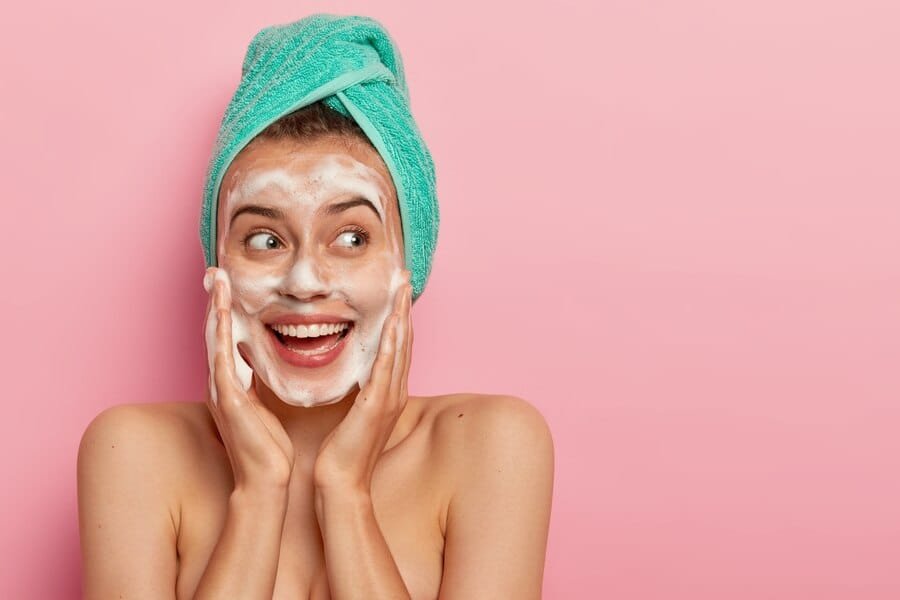People get body modifications such as tattoos and piercings so as to enhance their beauty and to enable them to mark significant life events. With regards to this practice, the appointment of either a tattoo or a specific piercing begs a general question: where’s the pain? As minor as the issue seems for many, there are still individual preferences among human beings which cannot be covered by saying everybody experiences occasion for physiological discomfort in a similar manner.
In this comprehensive guide, we will explore everything there is to know about the pain associated with tattoos and piercings, including:
- Why tattoos and piercings hurt, and the biological basis for the pain.
- Detailed comparisons of tattoo and piercing pain.
- Pain levels across different body areas for tattoos and piercings.
- Factors affecting individual pain tolerance, and how to prepare mentally and physically.
- Pain management and aftercare practices to ensure safe healing.
- Common myths and misconceptions about tattoos and piercings.
- personal experience and observations as well as what insiders tell how the process looks within, each of the procedures and its steps in addition will be provided as well.
Let’s begin this adventure by exploring the answer to what body part gets cleanest the most and by doing so helping make educated choices the next time you wish to bring permanent ornamentation to the body.
Why Do Tattoos and Piercings Cause Pain?
To appreciate the pain in getting tattoos and piercings, one must consider the procedures themselves. Both involve the use of instruments that break the surface of the skin, yet the methods and experiences involved are wholly different.
Tattoo Pain – Here is the Clinical Explanation for Tattoo Pain
Tattoos are acquired by piercing for many times a needle into the outer layer of skin known as the epidermis and placing the pigment in the second layer which is the dermis. This leads to a stimulation of the body’s pain; receptors called nociceptors. This leads to the ‘pain sensation’ signals being sent to the brain. This is where the pain intense feeling comes when getting entertained with tattoos. When someone bothers to get tattooed, here are some facts that are encouraging but indeed may be painful:
- Needle Depth: When people design a tattoo design, they don’t take into consideration the locations where the needle uses varying depth and penetration points for haphazard tattoo designs. It is known that deeper punctures create more pain.
- Speed of the Tattoo Machine: When coming to the tattoo machine, it should not be overlooked that its working regimes are in a range of thousands of punctures per minute and this rather constant feeling can stretch from bothersome to painful.
- Skin Type and Location: Such areas as thin, dense in nerves and close to bones normally are most painful. But fleshy tattoo sites suffer from less pain when tattoos are made.
How Pain is Sustained Through the Act of Piercing
A piercing is produced by inserting a jagged piece of metal through the dermis or given shaped cartilage so that holes can be made for jewelry. This process is often faster than how tattoos are made but it can be more painful since the needle is narrow. Some of the aspects that determine a piercing’s pain level include:
- Cartilage Piercing – Painful Areas: Cartilage piercing located in the high region of the ear is more painful as opposed to the softer parts that include the earlobe.
- Piercing Technique – More Pain: Piercing guns can lead to tissue trauma since they do not involve a needle. Some patients complain that they are more painful than the actual earrings themselves.
- Postoperative Healing – Pain Duration: Some pain can be experienced in the post-piercing period. Some patients have a poor hygienic practice whereby the pierced region is a very active one with triggers.
Tattoo vs. Piercing: Which Hurts More?
Although pain is subjective, there are some general patterns and trends that can help predict which type of body modification is likely to hurt more.
Duration of Pain
- Tattoo Pain: The only way one may feel pain after the tattooing process ends is based on the complexity or size of the designs with pain in the range of minutes to hours. Prolonged sessions can lead to sensitivity in the hours of tattooing since they experience fatigue.
- Piercing Pain: inversion for the piercing lasts only the few seconds it takes. Still, soreness may persist for a few days especially if its the thick cartilage which has been penetrated.
Type of Pain
- Tattoo Pain: Widely depicted as a stinging, scratching or a burning tattoo related pain, this is cinching continuous pain during the session. The vibrating arms of the tattoo machine could further add to the feeling of discomfort specifically when placements are near bony parts of the body.
- Piercing Pain: For piercings, this is the sharp momentary pain felt during the piercing itself. The intense pain is short lived and is then replaced by a dull ache or even a throbbing sensation.
The Most Painful Areas for Tattoos
Their level of pain feels variations upon level changes when tattooing takes place. The places of certain parts of the body are more painful than other areas due to the structure.
- Ribcage: Ribs are easiliy penetrated with a thin surface layer, coupled with minimal amounts of fat. for this reason, places of tattoos on the rib cage suffer the most pain caused by vibrations from the machine itself.
- Spine: Quite a few of these suffer due to their closeness to the bones themselves. Close proximity to the spine and central nervous systems is what leads to high discomfort.
- Ankles and Shins: With skin close to the bone and few fat layers, these areas can be quite painful.
- Elbows: The layer covering is quite thin since it’s only the elbow’s flesh – this makes pain feel even worse
- Armpits and Inner Arms: The high density of nerves in this part makes it so that tattooing here is painful.
The Most Painful Areas for Piercings
Some piercing spots escape the painful effect because of membrane thickness, density of tissues and many motion zones.
- Industrial Piercing (Ear): Sticking needles to ear cartilage results in several holes and is pretty painful as far as pierces go.
- Daith Piercing: As the name, it can be easily guessed that the inner cartilage has a connection to pain.
- Nipple Piercing: This place is filled with nerve endings and thus pain can be expected.
- Genital Piercings: This is one of the piercings with the definitely highest level of pain.
- Septum Piercing (Nose): The septum’s thick tissue can make this piercing quite painful.
Pain Management and Aftercare Tips for Tattoos and Piercings
If you wish to reduce your pain and prepare for the smoothest healing experience possible, you will pay special attention to proper aftercare. So pay attention to these measures for pain control and reduce the risk for complications.
Tattoo Aftercare
- Protect the Newly Inked Skin:Skin that is recovering from a complex process known as tattooing should never be submerged in water other than during a gentle soapless wash of the tattoo.
- Moisturize Regularly: causing the pus to dry and the wound to become less inflamed.
- Avoid Direct Sunlight: Direct sunlight can be harmful to the healing skin and can lead to fading
- Don’t Pick or Scratch:Tattoo scabs should be left to naturally shed without interference. Scratching may result in this infection and pigment loss.
- Stay Hydrated: Water intake is essential in the maintenance of skin.
Piercing Aftercare
- Apply Salt Water: Clean the wound with saline repeatedly to minimize chances of infection.
- No Direct Touch: Don’t use your hand to touch the piercing as hands can have bacteria.
- Remove Only When the Wound is Healed: Jewelry should not be taken out as it may lead to hole closure.
- Signs of Infection: The symptoms of infections include redness, pus discharge, and swollen areas around the belly button ring.
Factors Influencing Pain Tolerance
The pain threshold is not the same for all people. Take a look at some of the factors that might have an impact on the pain you are experiencing:
- Hereditary: You know it well, pain is a feeling that can be transferred through genes.
- Past Events:Having a tattoo or a hole elsewhere may have made you familiar with pain.
- Mental State: Feeling stressed and anxious may lead to increased pain regardless of the damages.
- Tiredness and Hunger: Pain is likely to be more unbearable when muscle in the body weakens due to fatigue or hunger.
- Time: It is often observed that there are a number of variations within people in strength over the course of the day itself with a huge majority reporting afternoons being the highest point of tolerance.
Tattoo vs. Piercing – What Hurts More? An In-Depth Comparison
Definition of pain sensations with tattooing and piercing is of paramount importance. However, the intensity and the location of the ache differs for each individual.
What It Feels Like
- Tattoo Pain: The most common response to this inking area is to feel a dull scratch, burn, and some level of shattering sound. Areas that are tattooed for longer periods usually elicit more pain being fully engaged.
- Piercing Pain: The piercing process is tough as it hits an area, leaving the body sore, thin but quick followed by a throbbing ache. People often complain of greater discomfort when cartilage is used.
How Long It Lasts
- Tattoo Pain Duration:While a tattoo artist may apply force, people normally feel pain during its creation, and on the skin for hours or even sometimes more than a week.
- Piercing Pain Duration: Though pain is an instant ‘quick bad’, sharp pain, more tender skin usually lingers especially in movement-prone areas.
Healing Time and Aftercare
- However, patients may require about 6 months to recover as they only have around 2-4 from the surface end.
- Piercings, even earlobes can take anywhere from one to two months, to complete cartilage piercings can last for years. Difficult and dominant cartilage piercings.
Important Information About Body Piercing
Learning all the steps involved in getting a piercing and the possible complications can ensure that it is a positive event. Here are some facts to note:
- Autoclaves Are Used By Piercers: An autoclave is a device that sterilizes the non-disposable instruments by generating steam which kills the bacteria and viruses.
- Piercing Guns That Are Used Once: The risks of cross-contamination during use are minimized when the guns are used only once because the guns are disposed of.
- Signs of Infection to Watch Out For: Pus, redness, excessive swelling, or heat around the pierced area may indicate an infection. Seek medical help if these symptoms occur.
Pain Myths and Misconceptions About Tattoos and Piercings
Tattoos and piercings get a lot of wide publicity and hence there are many myths and misconceptions which may make some people expect an unreasonable amount of pain.
- There Is No Way A Tattoo Doesn’t Hurt But A Piercing Hurts Less: This is not true in all cases because the pain felt can differ depending on the location, time, and also the person’s certain threshold of pain tolerance.
- Piercing Guns Can Feel Somewhat Quick But They Don’t Hurt: This might not be the case since, even though the piercings may feel quicker, there is most often more tissue damage caused by piercing guns in comparison to needles.
- Tattoo Pain Is Felt More But Numbing Creams Can Make It Possible To Get A Tattoo: While the numbing agents can help lessen the sensation, during longer sessions, wide discomfort may still be felt.
- Tattoos Hurt Less Over Time: This may be true that while getting a tattoo, pain is likely to be spread out over time as the sensation gets worse due to focus.
Expert Insights on Tattoo and Piercing Pain
There are many professional understand the pain and discomfort their clients undergo when getting a tattoo or a piercing and share some advice to get through the pain:
- Tattoo Artists Recommend Short Breaks: Frequent brief rest periods during repetitive motor movements when a long tattoo is being done, are likely to lessen pain and rest.
- Piercers Recommend Breathing Exercises: During a piercing, deep breaths can reduce the mental strain, and in turn the amount of pain one feels.
- Choose the Right Time: Tattoos and pierces shouldn’t be done when one is sick because more passive pain will be felt then.
How Painful Are Ear Tattoos?
Ear tattoos might be very painful because of thin skin, little fat and cartilage being close by. Depending on the region the tattoo is placed: the visible ear, behind, and the inner one, the feelings might be different. Vibrations caused by the machine used to put on the tattoo can increase pain level even further.
Which Is the Most Painful Piercing?
Nipple and genital piercings are ranked among the most painful piercings due to the intense sensitivity of the areas. The pain experienced during the piercing may be severe, nevertheless, appropriate aftercare makes it bearable during the period of healing.
What Is Better: Tattoo or Piercing?
It comes down to a question of personal likings, aesthetic sense and one’s ability to withstand pain; what piercing is better?
- Tattoos offer a permanent way to display meaningful art, requiring careful consideration as removal can be challenging and expensive.
- Piercings are more versatile and can be easily removed if you change your mind. However, some piercings may leave scars once healed.
Personal Experiences and Stories
From such a distance, it’s possible to know what Poland and its people are really like. Here are some of the opinions that have been reported:
- Tattoo Experience: Having my rib tattoo done was utterly horrific and the worst pain I’ve been through. The vibrations caused by the machine felt like they were protruding onto my bones.
- Piercing Experience: The emotion of my daith piercing was strong but short-lived and sharp too. The tough part was the healing numbing myself but it was worthwhile.
Conclusion
Choosing between a tattoo and a piercing is not just about the prospective agony associated with the procedures. Although both processes will entail a bit of pain, with proper preparation, an idea of what the procedure entails, and correct post-op care, the discomfort can be reasonably alleviated. Pain is short lived, but the pleasures gained from looking the way the person desires can remain for extended periods.





